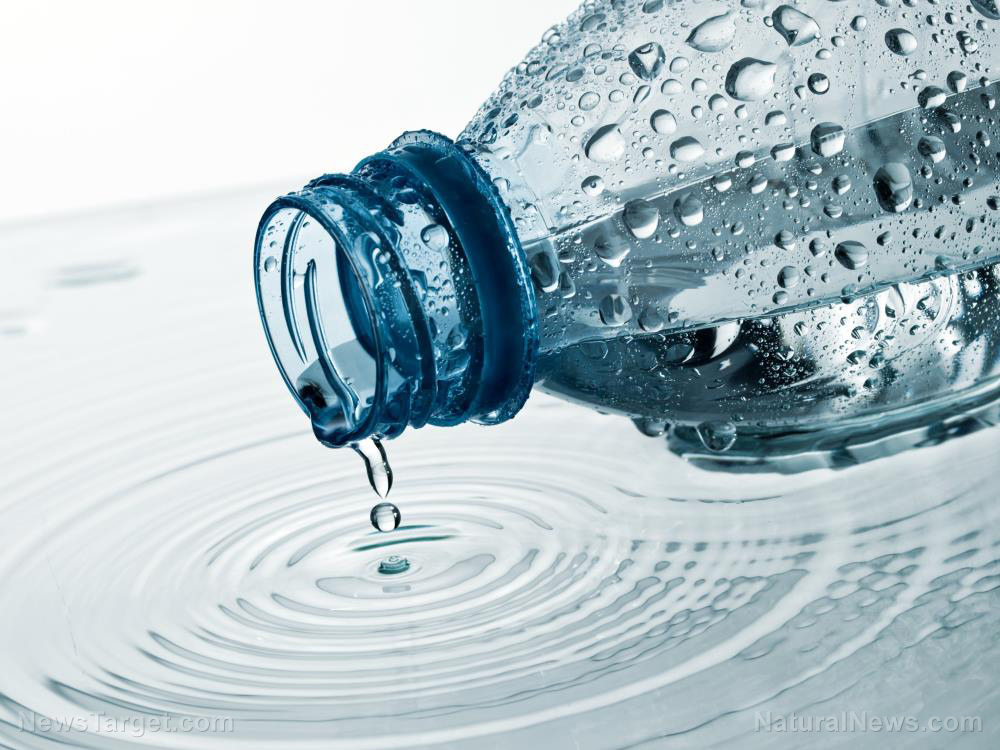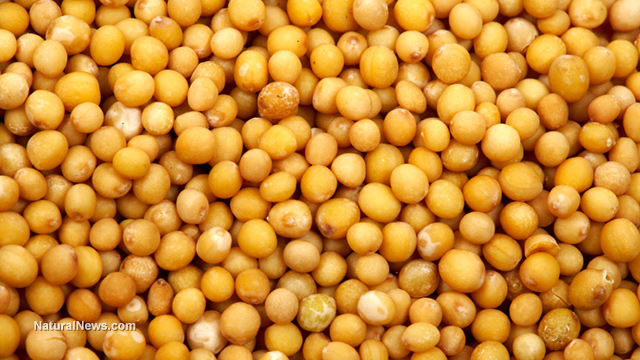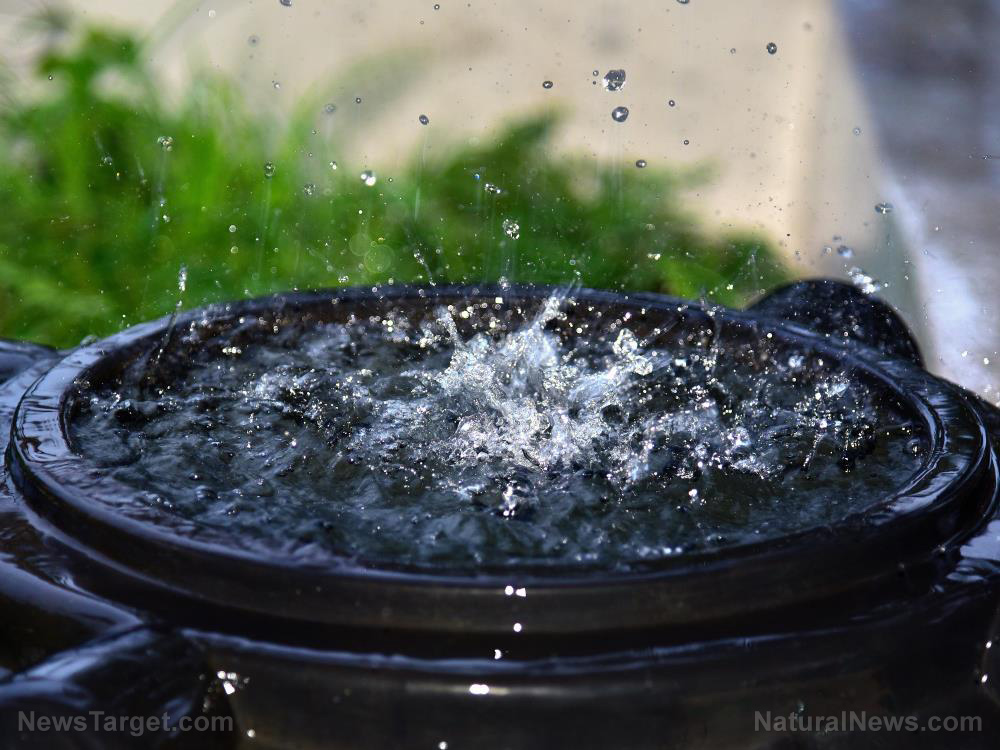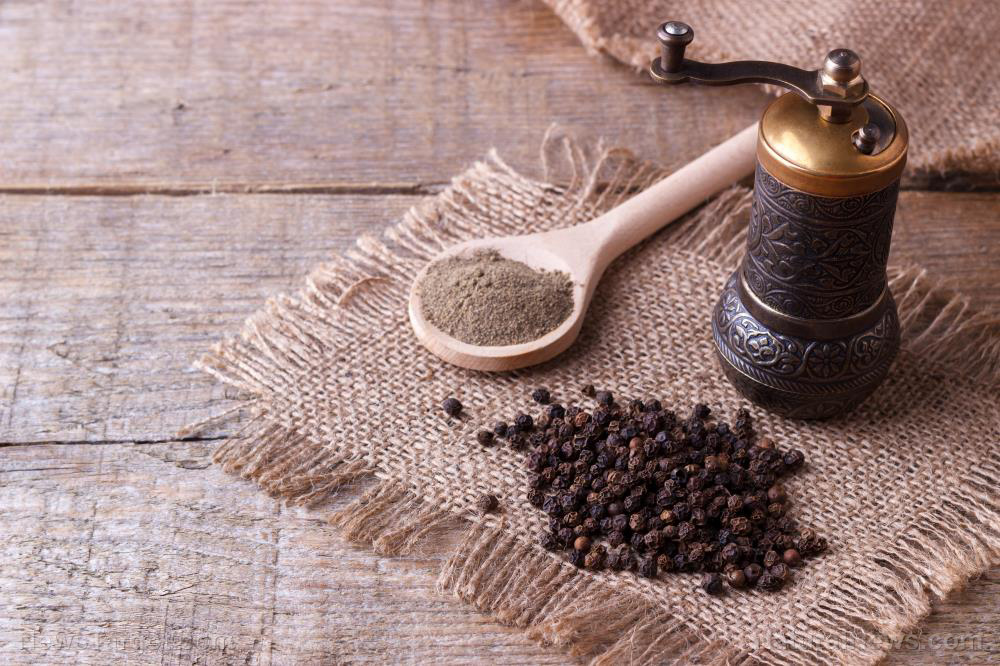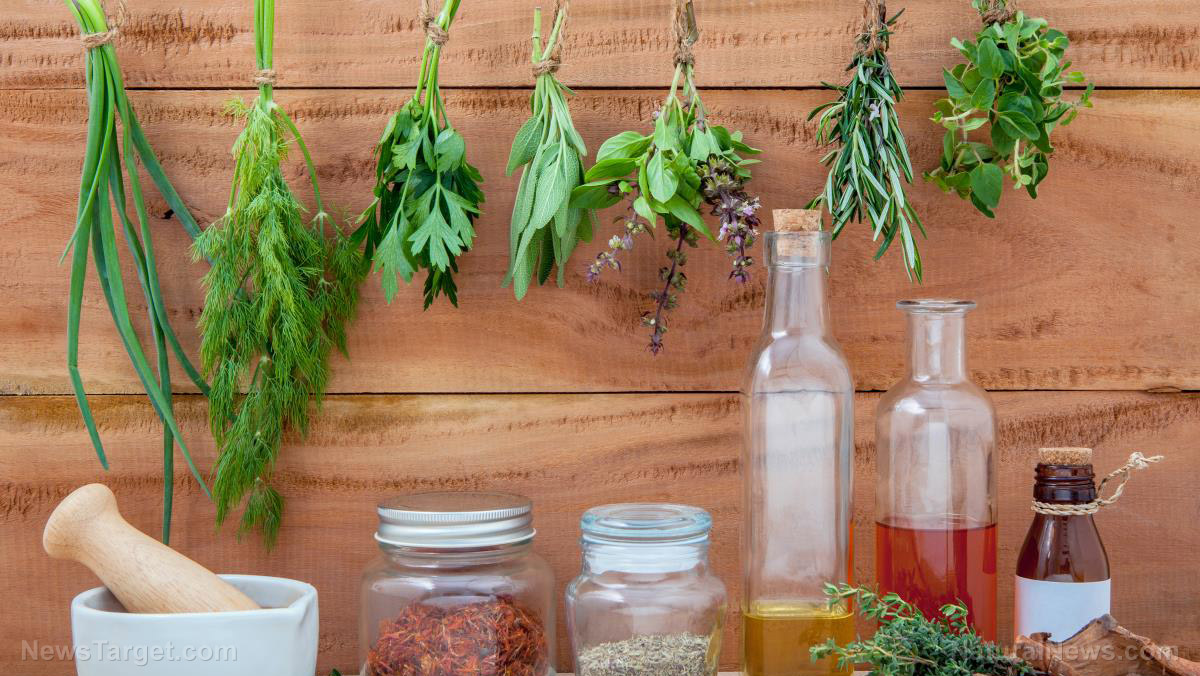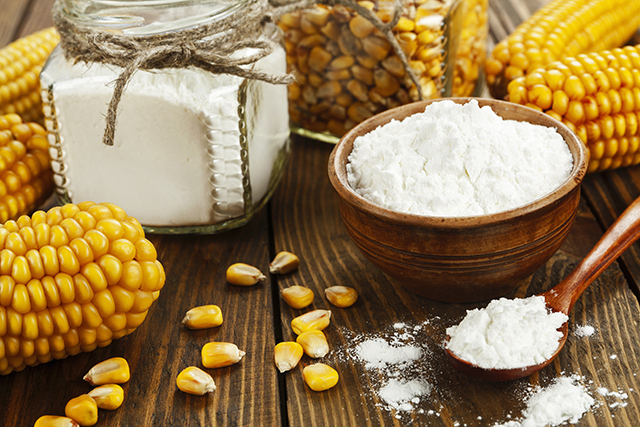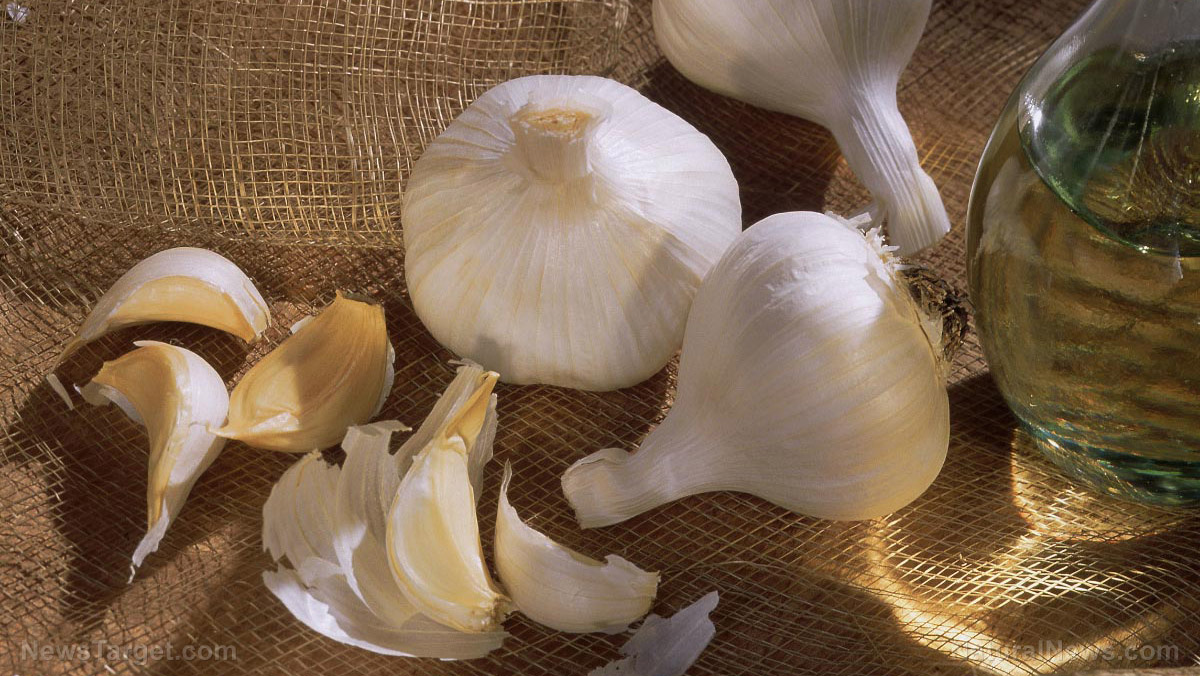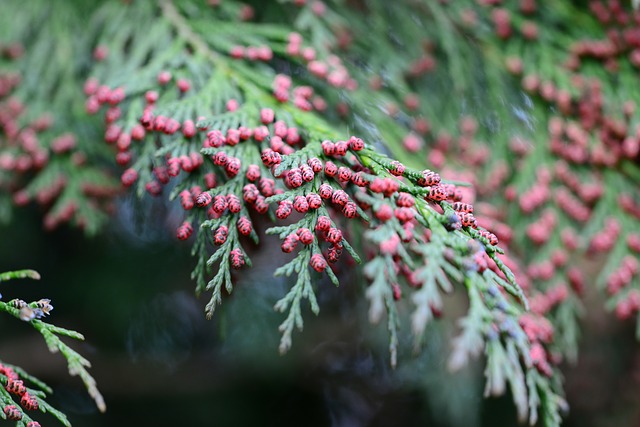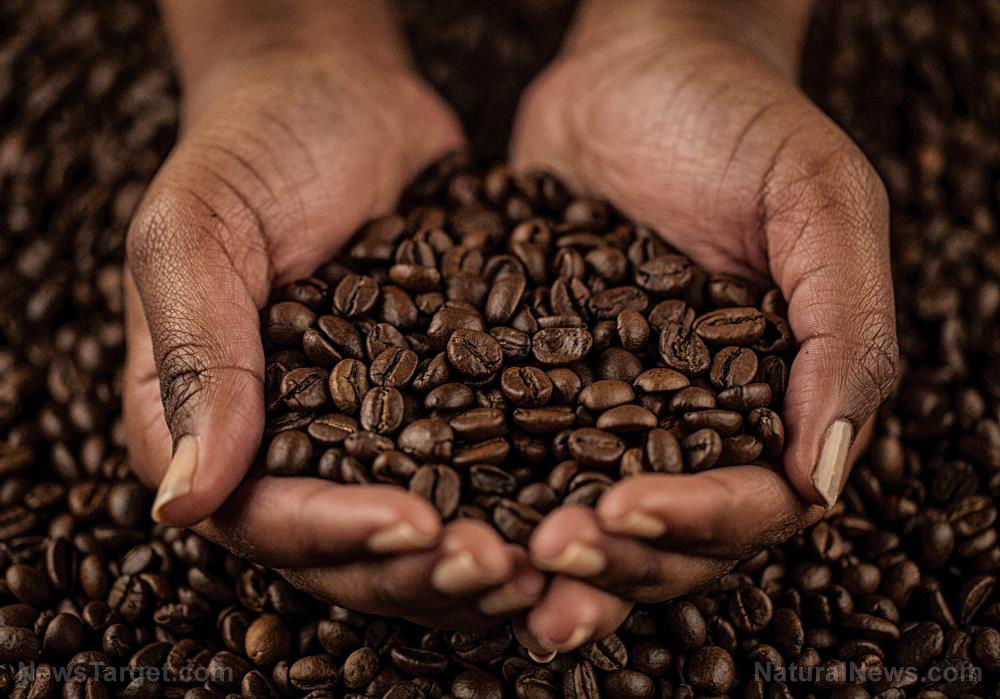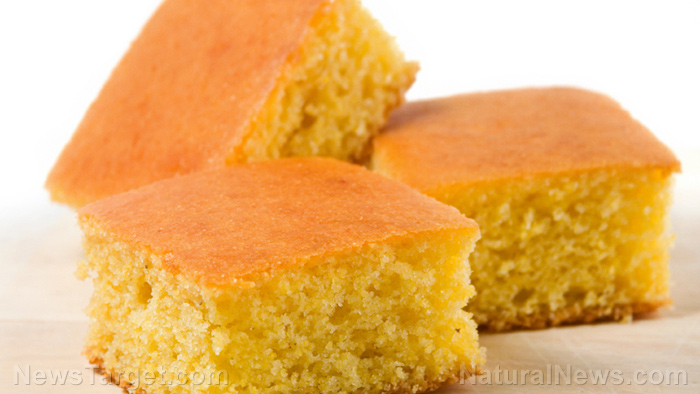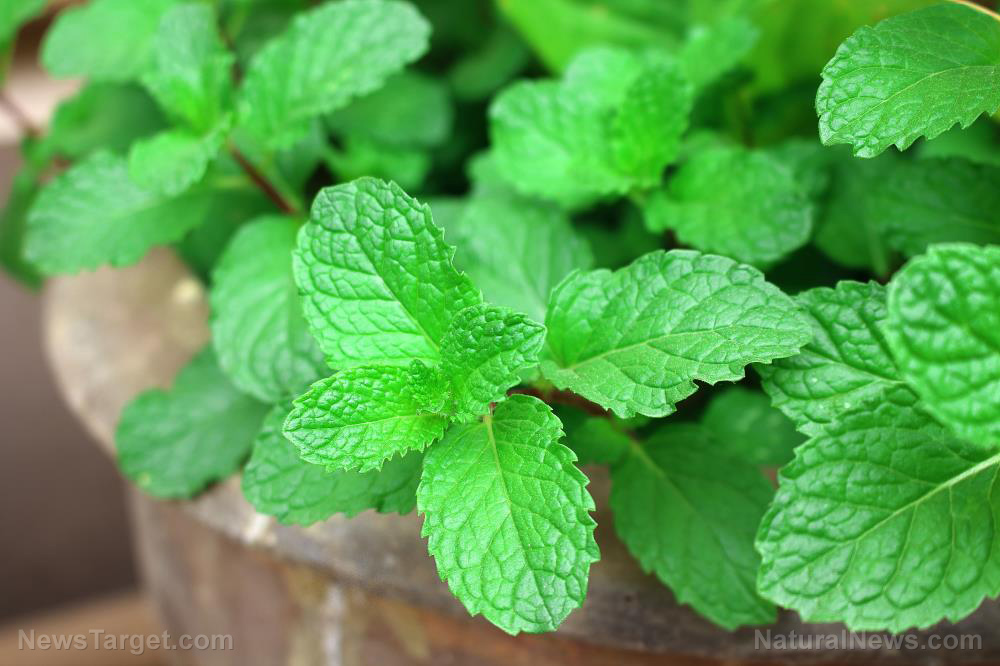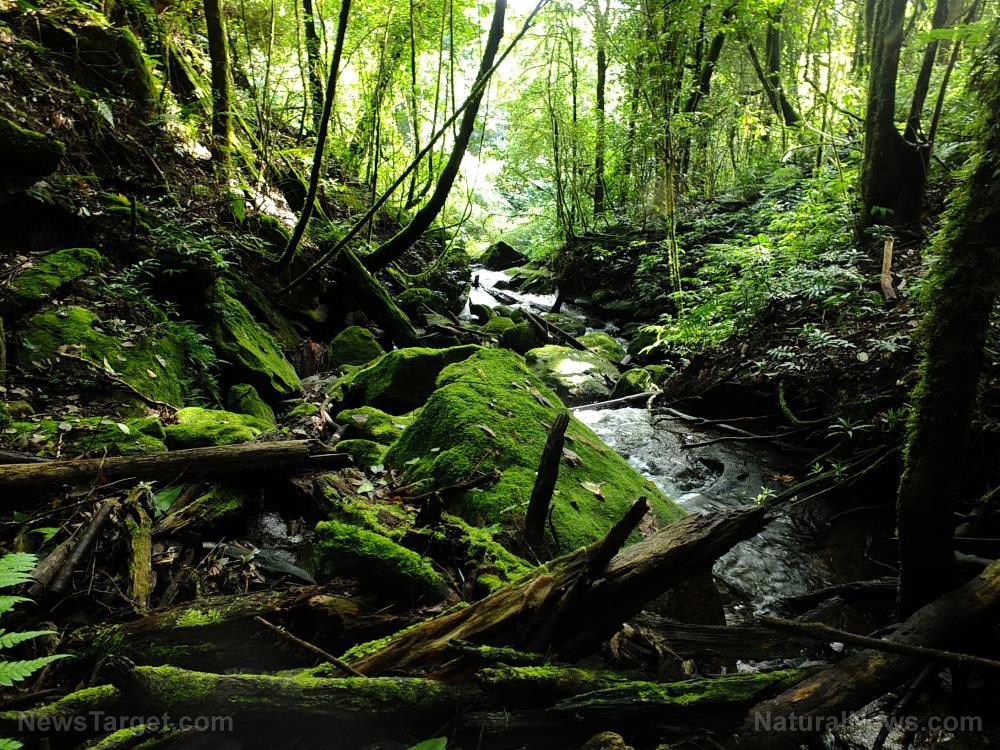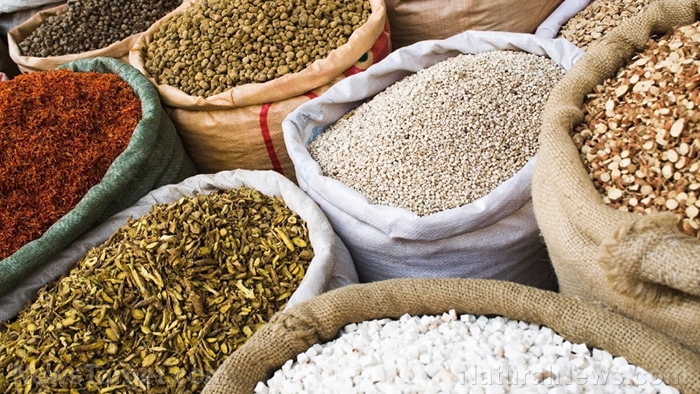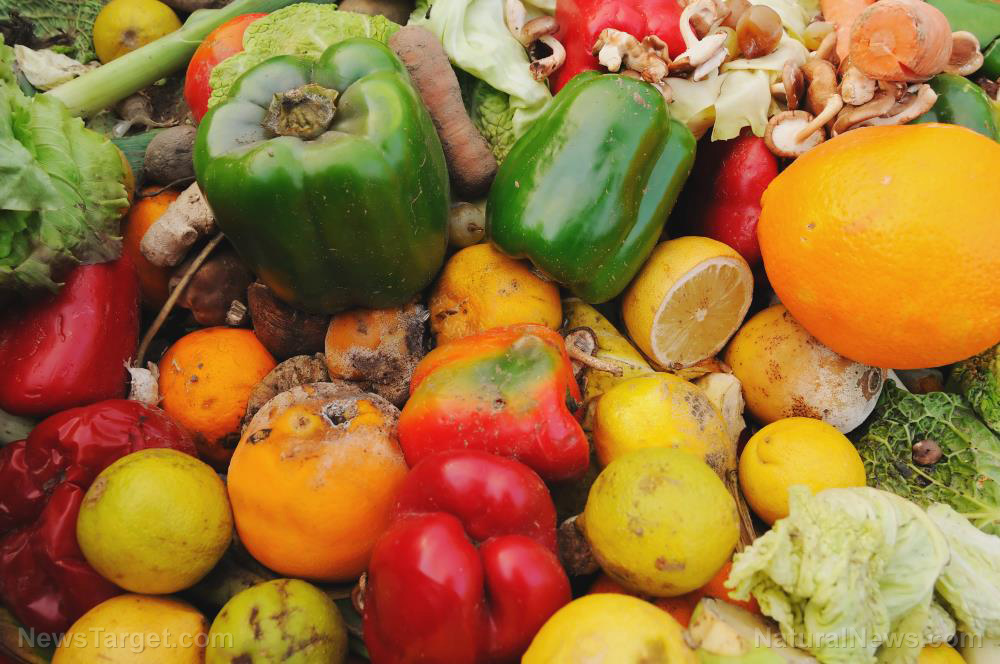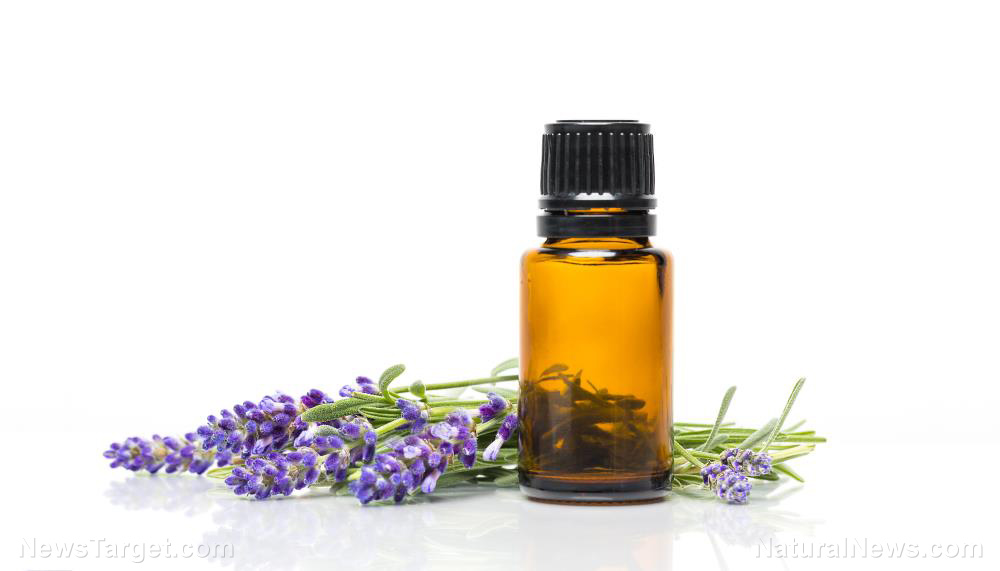A comprehensive guide for different types of DIY organic fertilizers for better crops and healthier soil
11/08/2018 / By Edsel Cook
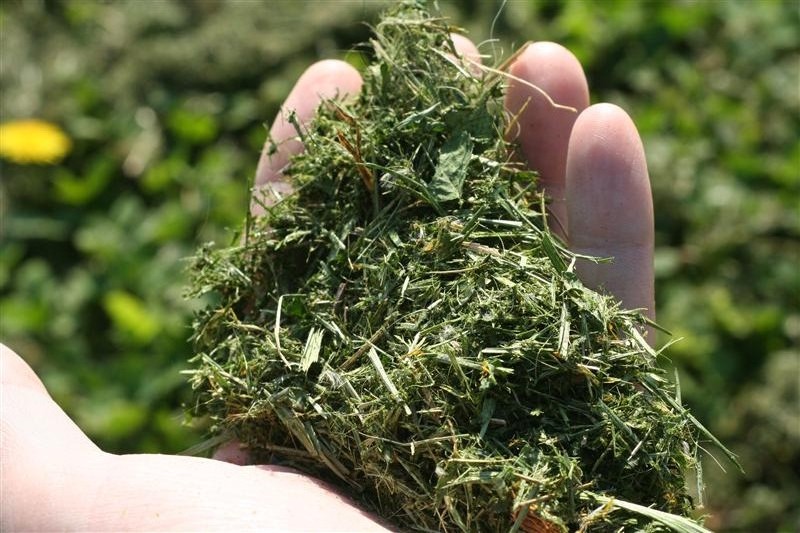
Knowing how to make your own organic fertilizer is a staple skill of any homesteader. An article in New Life On A Homestead brought up a number of different DIY fertilizers made from easily available materials.
Fish emulsions, wet matches
- You can put leftover fish in the planting holes. For a proper emulsion, combine fish parts and water and let it brew for a few weeks.
- Coffee grounds are good for plants that need acidic soil. Dry the grounds and add them in moderate amounts.
- The droppings of non-carnivorous animals make for good manure. Rabbit droppings can be added immediately, while other droppings must be composed first.
- Collect any wood ash from your fire. It is a good source of potassium and calcium carbonate. However, avoid using ash from wood doused with flammable chemicals.
- Epsom salts increase magnesium and sulfur. Dissolve it in water and spray the solution on plants every two weeks.
- Matches are an alternative source of magnesium. Soak them in water first. (Related: Yummy superfoods that even beginner gardeners can plant today.)
Vinegar water and the last bit of cereal in the box
- Add a little bit of white vinegar to a gallon of water. Sprinkle the water on akaline soil every three months to increase its acidity.
- Molasses improves the growth of flowers and beneficial microorganisms in the soil. Mix one tablespoon of molasses, apple cider vinegar, fish emulsions, and kelp with three cups of water.
- Seaweed helps plants get important nutrients from the soil. Add eight cups to a half-full bucket of water, let it stand for a couple of weeks, and then strain it.
- Gelatin makes for a great nitrogen booster. Dissolve a package in a cup of hot water before adding three cups of cold water.
- Green tea is not just good for human health. Steep one bag in two gallons of water. Apply the mixture once a month to increase soil acidity, oxygenation, and root growth.
- The leftovers in your cereal box can be scattered across your garden. Their nutrients will get added to the soil.
Making “meals” and brewing “tea”
- Corn gluten meal can do much more than kill unwanted weeds. It has just the right amount of nitrogen to serve as fertilizer.
- Leftover bones can be turned into bone meal. Boil them for two days straight. The softened bones can now be ground down.
- The molasses in horse feed make it a good fertilizer. Either dissolve it in water, scatter it over the soil, or add it to other mixtures.
- Store eggshells in an airtight container. Dry them out in an oven for ten minutes. Crush them before scattering them across the soil. You can also use the shells of seafood like clams, mussels, and shellfish. Powdered milk is another calcium-rich option.
- Worm castings can be turned into worm tea. Fill a burlap sack with a shovel’s worth, soak the sack in a bucket, and aerate it for two weeks. Other animal manure can be used.
- A similar method can turn grass clippings into tea. Using lawn waste is faster because it requires only three days of steeping.
Hair and the classic compost
- Animal hair can serve as a safe nitrogen fertilizer. Human hair also works.
- Water from freshwater aquariums gain a lot of nutrients from fish waste. Use this nutritious liquid on your plants.
- Likewise, cooking water leaches nutrients from food. Save this water and let it cool.
- Banana peels will provide plenty of potassium for seeds. If you can spare them, use an entire banana.
- The final option is compost, which can be made in a pile, a compost tumbler, or an indoor vermicomposting system. However, compost takes many months to make.
For more guides on great fertilizers for your home garden, visit Homesteading.news.
Sources include:
style="display:inline-block;width:728px;height:90px"
data-ad-client="ca-pub-8193958963374960"
data-ad-slot="4715658735">
Tagged Under: compost, DIY fertilizer, gardening, home and life, home garden, Homestead, homesteading, natural fertilizers, organic fertilizers, preparedness, prepper, prepping

